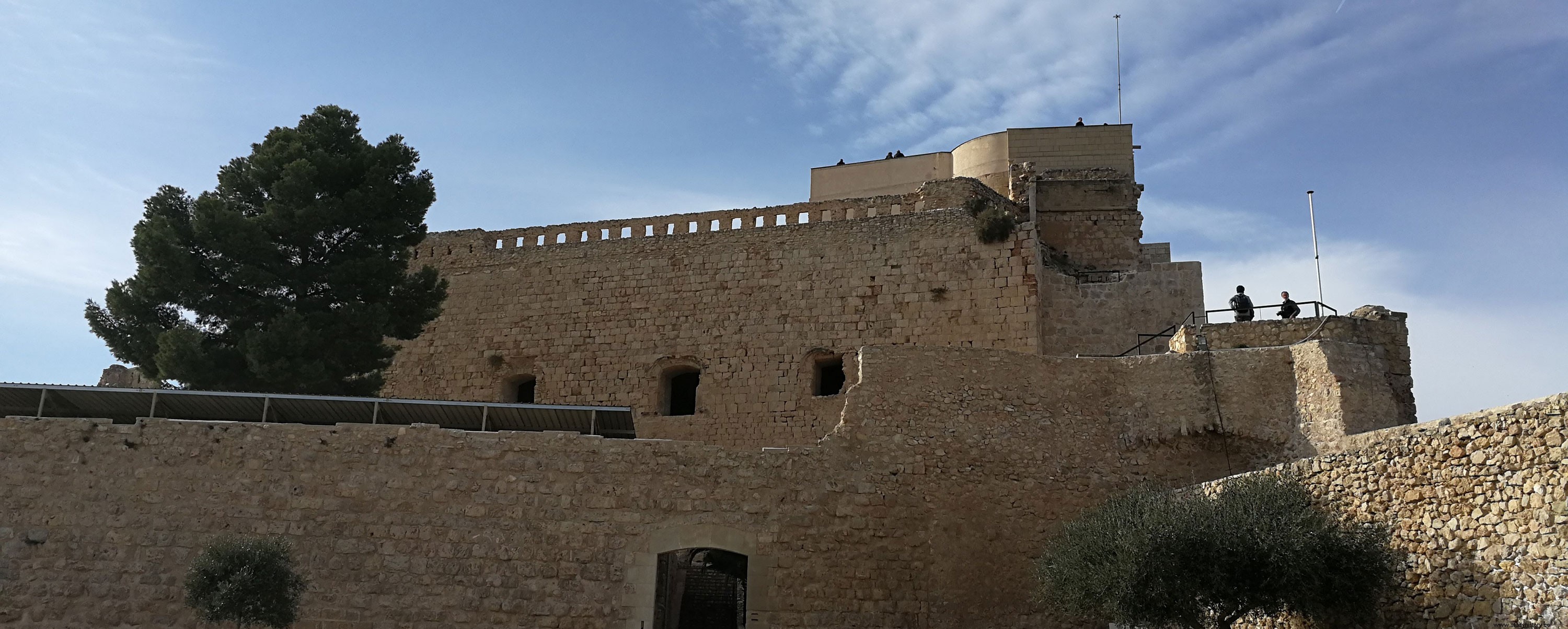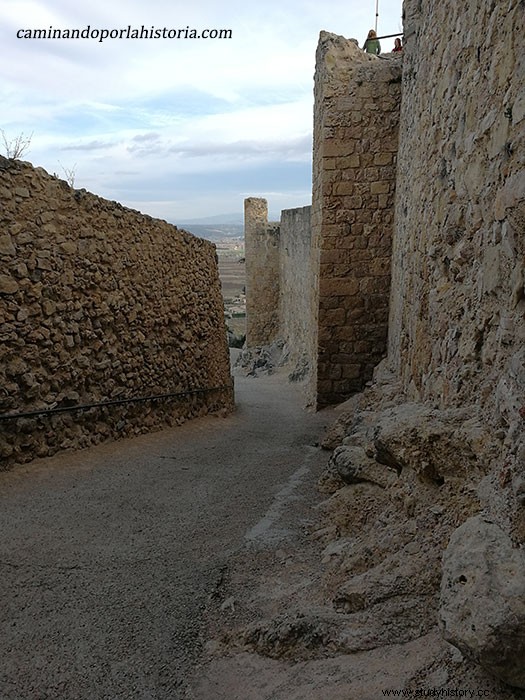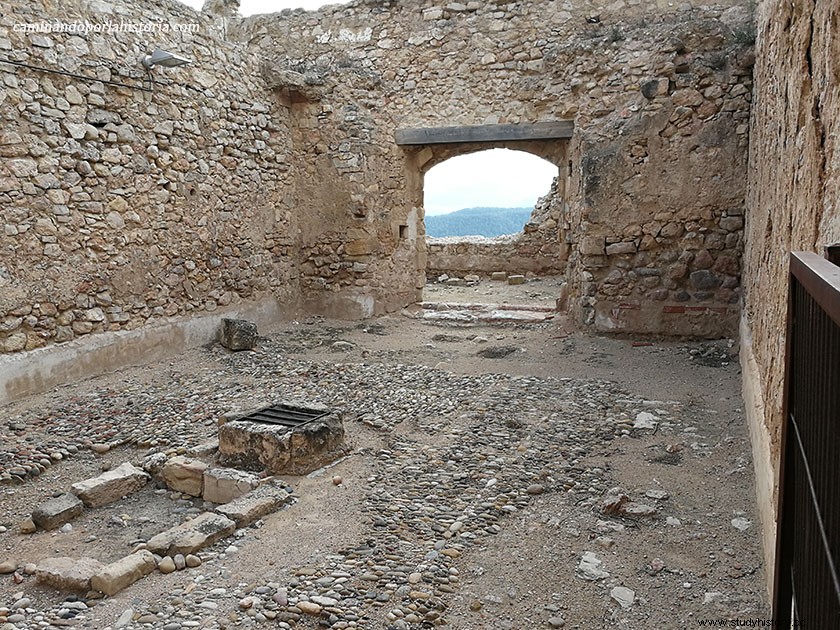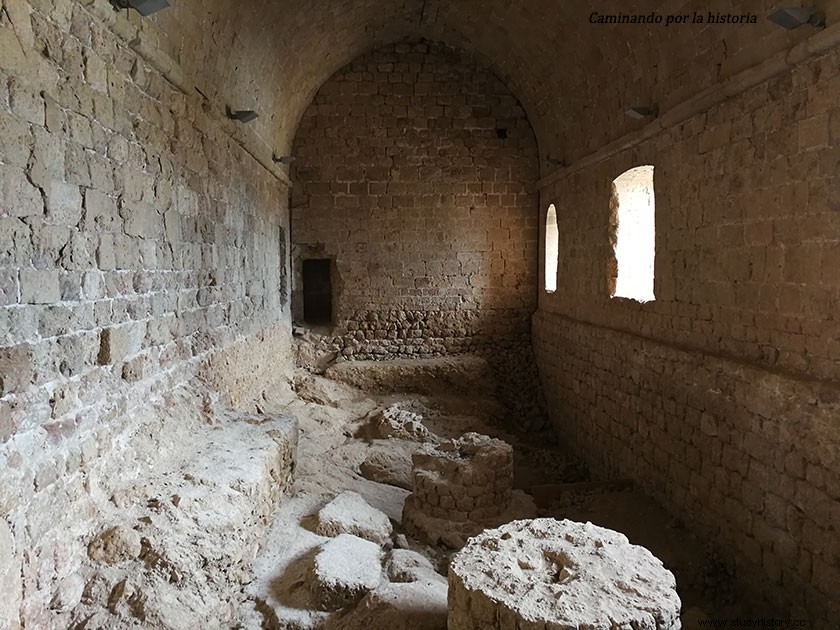
On the right bank of the Ebro river and a few kilometers Before it delivers its mighty waters to the Mediterranean Sea, the imposing figure of the Miravet Templar Castle emerges. Its Templar name has its reason for being, since despite its Islamic origin, and the fact that it has been active for a large part of history, its enormous walls were built by the Templars to hide their great secrets.
The Crown of Aragon and the Templars.
The history of the Kingdom, later the Crown of Aragon, with the Knights of the Order of the Temple are inexorably linked. Especially since the death of Alfonso I el Batallador (1134), who after his death converted, among others, the Templars into successors of the Aragonese territories. Although they did not end up inheriting them, due to interference from the highest nobility, it gave them a unique opportunity to intervene in Aragonese politics. From that moment they will be essential in the task of conquering and administering the Muslim territories with which the Kingdom of Aragon was enlarged.
The Templars and Ramón Berenguer IV.
The one chosen to replace Alfonso I was his brother Ramiro II, the latter imposed by the high nobility, was more determined to dedicate himself to the monastic life than to reign the young kingdom So after marrying his one-year-old daughter to the Count of Barcelona Ramón Berenguer IV, he decides to leave the crown in the hands of his new son-in-law.
The first decision of the new prince was to agree with the religious military orders, among them the Order of the Temple, the controversial inheritance of Alfonso I. The territories of the Kingdom of Aragon would be hereditary for the Aragonese monarchy, in return the Templars would receive privileges and great domains of the new conquered lands. After the pact everything was ready for the collaboration between the monarchy, the high nobility and the Templars, to conquer the Muslim territories of the east of the Iberian Peninsula.
Conquer or reconquer, depending on how you look at it. Exactly, we are not going to enter into discussions, for some, in this case the Christians reconquer, for the Muslims of the opposite, conquest. The truth is that in a few years the Christian kingdom reconquered all the territories north of the Ebro river, such as Tortosa in 1148 or Fraga and Lérida in 1149.
The last two remaining Muslim strongholds were Siurana, a small enclave located on a rock more than 700 meters above sea level, and our protagonist today Miravet. Both resisted until 1153 the siege of the Christian troops.
The importance of Miravet Castle.
After the conquest, Ramón Berenguer IV granted the territory to the Templars, who quickly began construction on the Muslim fortress of one of the best examples of Romanesque monastery castle Cistercian, of the Iberian Peninsula. Its mission was to reinforce the defensive lines that the rivers exercised naturally in the Kingdom of Aragon. For this reason, the Christian kings granted the Templars, apart from Miravet, Tortosa also on the Ebro river, Monzón on the Cinca river and Gardeny on the Segre river, these last two before our protagonist. After which, the four formed a defensive line, which also served as a spearhead for the conquest of the Valencian territories.

Ramón Bereguer IV with his wife Petronila
The period of greatest splendor of Miravet will come with the king raised as a Templar in the castle of Monzón, Jaime I of Aragón (1213-1276). During this period, when the great conquests took place south of the Ebro River and in the Mediterranean, the provincial headquarters of the archive and the treasure of the Crown of Aragon were based in the Templar Castle of Miravet.
The tragic siege of Miravet Castle.
As Jaques de Moley is known, the last Grand Master of the Order of the Temple, was imprisoned in Paris in the year 1307. While the Kingdom of Aragon under the orders of Jaime II , if you first doubt the terrible accusations to which the Templars are subjected, then decide to take action.
From the end of that year, 1307, the persecution of the Order begins, which becomes strong in some places like the one in our story today, where the siege lasted almost a year , until on December 6, 1308, the Templars of Miravet capitulated before the King of Aragon, Jaime II. Although not all of them, since six of them, among whom was their commander Berenguer de Sant Just, decided to protect the archive and the treasure of the order in the main tower of the castle, to the point of finding death right there the next day. .
Miravet Castle today.
As soon as you arrive at the car park that welcomes visitors, you realize that Miravet Castle is a place prepared to withstand long sieges and battles. Sheltered behind a huge stone wall over 25 meters high, which seems to emerge from the same rock of the mountain where it is located, we find a series of elements built by the Templars, to turn Miravet into their particular refuge.
The visit can be divided into two main parts:
Lower floors.
The main access to the castle is through the barbican , that is, a heavily protected access ramp built at an angle to prevent direct attacks against the castle entrance. Upon entering we find a large terrace distributed on three levels to compensate for the unevenness of the mountain, said terrace is completely walled. In it we find the remains of several Templar buildings, such as warehouses, corrals, and even a stable , possibly used by the Templars as a grain store. The latter, together with an orchard and an olive grove, allowed the castle to be self-sufficient.

Access ramp to the castle
Another small door built later gives us access today to the interior of the castle. The first thing we will find will be the parade ground , which apart from its classic function as a meeting point for the troops, served as a point of union for the various rooms of the castle.
The first rooms that we will find around the parade ground were intended for the maintenance of the inhabitants of Miravet, these were a cistern excavated directly on the rock and just in front of the kitchen major. This last one of great importance in the order of the Templars, which unlike other orders, took very good care of the feeding of its knights-at-arms. The room attached to these is a large dining room with a pointed barrel vault. A barn could not be missing , a cellar and a warehouse to receive payments in kind from ranchers, farmers and even fishermen in the area.

Miravet castle kitchen

Miravet castle dining room
Upper floor.
In it, apart from the rooms of the most illustrious inhabitants of Miravet castle, such as the commander, we find the church of the enclosure. The Templars had to fulfill the different daily prayers, in a very austerely decorated space. This church had a basilica plan covered with a barrel vault, from the apse where there was a small sacristy a narrow passageway arose that connected the church with the treasure tower, where in all probability the last Templars of Miravet were defeated.

Top floor church.
Although it was still one floor above, but it was simply a large observation deck, it was accessed and accessed by a narrow spiral staircase, and its views are truly impressive.
I leave you the castle website where you can find information about prices and hours:
Miravet after the Templars.
After the disappearance of the Order of the Temple, the Hospitallers will take control of Miravet Castle until the arrival of the liberations and confiscations of the 19th century. From that moment on, a pilgrimage began through different private hands, and it was not until 1990 that its ownership fell to the Generalitat de Catalunya, today the owner of the castle.
During this period you will see few renovations aimed at the new artillery wars. Indeed, it will witness several wars, such as the Reapers in the 17th century, the Succession in the 18th century, the Carlist wars in the 19th century and finally the Spanish civil war in the 20th century.
I invite you to discover other Templar castles:
